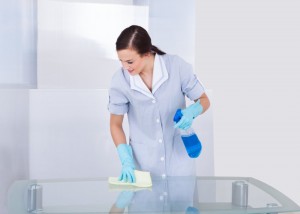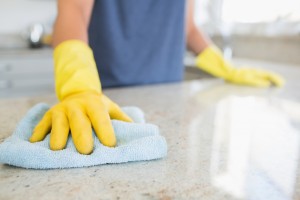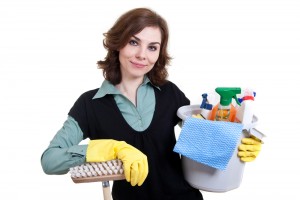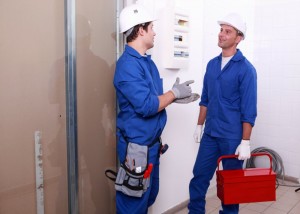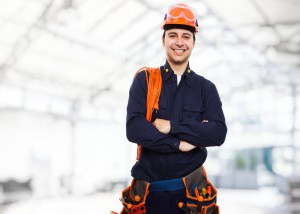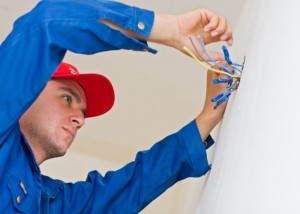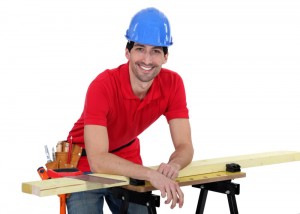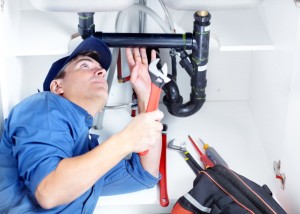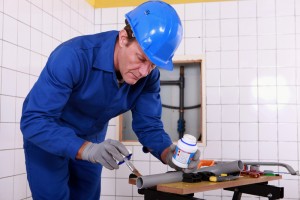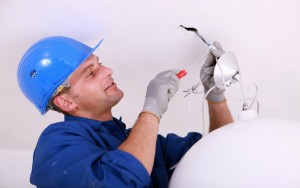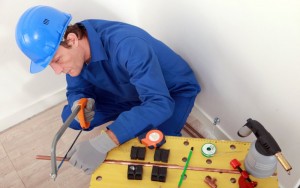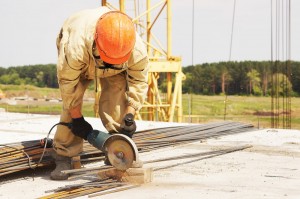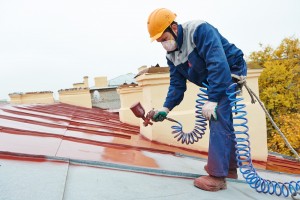There is a great need to examine and reevaluate the safety procedures in a lab, especially if you happen to be more than just a simple lab assistant. Lab managers will need to consider this task carefully if they want safety to be a primary concern, especially when handling hazardous materials. There are plenty of cleaning companies that have certification as professional cleaners, going far beyond the usual house cleaning, office cleaning, carpet cleaning and the like and well into the area of laboratory cleanup, biohazard cleanup and more. Proper routines and rules must be observed if you want to succeed at keep the lab safe. The following tips will give you a few ideas you can use in your daily work:
• No drinks and food in the lab
This is pretty commonplace in most areas, but it also happens to be one of the things people find hardest to deal with. Everyone happens to enjoy a refreshing drink of cold water or coffee at work, but removing food and drinks from the lab will have multiple great benefits. First of all it will reduce the available distractions, so fewer things will go wrong. When performing really important and sensitive tasks, every distraction is a serious problem, especially when handling hazardous materials and substances. The risk of contamination in such areas jumps exponentially since such items can bring bacteria from the outside or may become carriers of contaminants from within the lab environment itself.
• Partnering up
A lot of times experiments can only be done right by sharing duties with a partner. Working in teams has a great advantage over working alone, obviously – you will have another set of eyes looking out for you when something goes wrong. Human error is not something that can be avoided – people get tired, mistakes are made and so forth, but in certain conditions mistakes cost lives, so working as part of a team requires people looking out for each other.
• Warning sign usage
Anything that you know for sure is dangerous should be labeled as such, whether with the appropriate sign or by using the NFPA 704 “fire diamond” to denote the type of danger faced by handling the materials or substance in question. You should also consider the OSHA guidelines or similar ones in your country. Trip hazards, high decibel noises, circuit breakers and more will need to be clearly marked so lab members will be fully aware of what they’re dealing with.
• Proper Safety Equipment
Maintaining your budget is very important for any laboratory out there, but you will also need to setup a good budget for safety and a safety plan. When you need to draft a new budget or you plan on revisiting your current one, you would do well to consider extra funds for safety equipment, such as eye wash stations, goggles, safety glasses, ear plugs, lab coats, protective gloves, fire safety and a whole lot more. You should also consider setting up a budget for proper safety training for all experienced and new lab members as well to drill in procedures in case of emergencies and accidents.
Read more helpful tips on: this cleaning website
